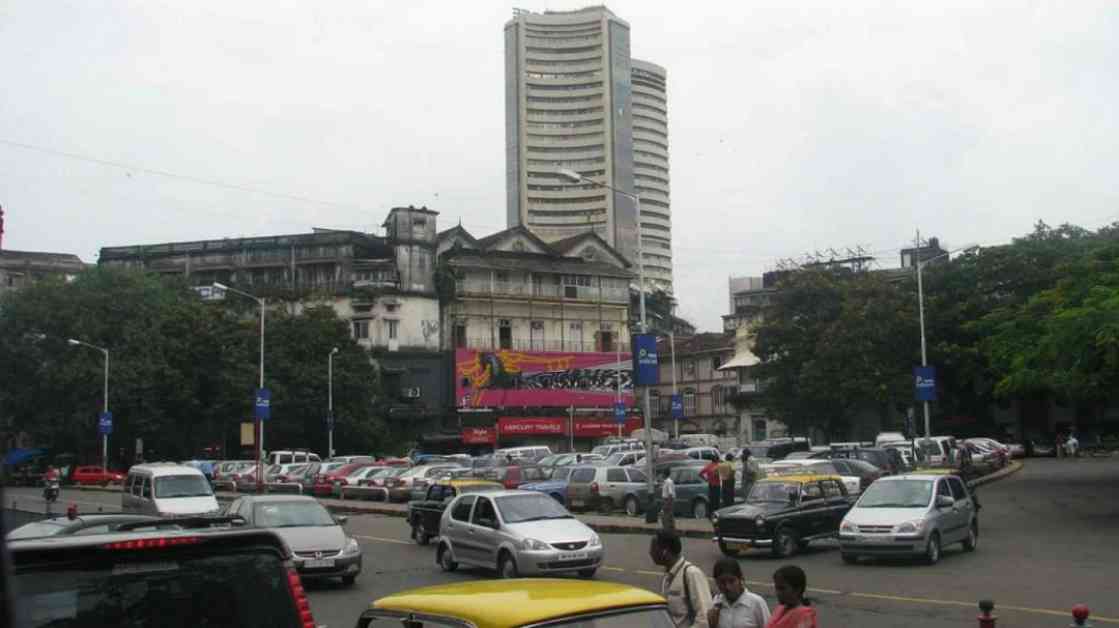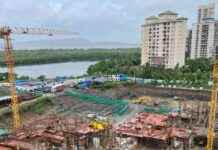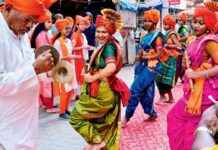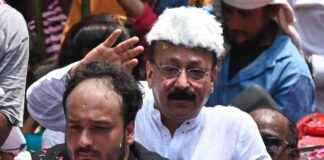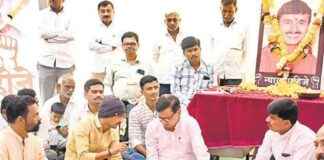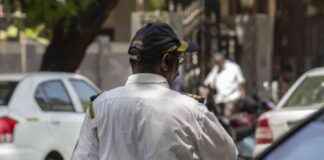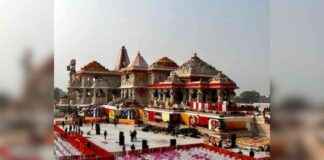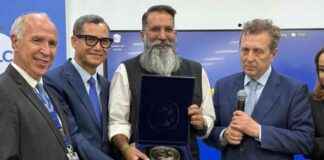The Transformation of Kala Ghoda: Mumbai’s First Pedestrian-Only Zone
The vibrant and bustling Kala Ghoda precinct in south Mumbai is undergoing a transformation that is set to redefine the cityscape. With a focus on creating a more pedestrian-friendly environment, the area will soon be designated as a pedestrian-only zone, marking a significant shift in urban planning and accessibility. This groundbreaking initiative is a collaborative effort between various stakeholders, including architects, urban planners, and community organizations, all working towards a common goal of revitalizing the cultural heart of the city.
Phase 1: The Trial Run
The first phase of this ambitious project is set to kick off with a trial run on weekends in the first week of September. During this trial period, designated streets such as Forbes Street, Saibaba Road, Rutherfield Street, and B. Bharucha Road will be closed to vehicular traffic from 7 pm to 12 am. These streets have been chosen for their proximity to popular food, culture, fashion, and art events that frequent the area, making them ideal candidates for pedestrianization.
Architect Pritesh Bafna, from the Urban Design Architecture Initiative (UDAI), has been instrumental in planning Phase 1 of the project. Bafna’s innovative approach to urban design has led to the development of a comprehensive parking plan for the four streets involved in the trial. This plan includes the temporary relocation of 40 bikes and 13 cars from Bharucha Road to Kala Ghoda Plaza, as well as the reservation of 11 additional bike spaces on a nearby road. Similar parking solutions will be implemented for the other streets until a permanent parking arrangement is finalized.
Support and Collaboration
The Kala Ghoda Association, renowned for organizing the annual Kala Ghoda Arts Festival, has expressed its full support for the pedestrianization project. This collaborative effort between the association, local authorities, and community members highlights the importance of preserving and enhancing the unique cultural heritage of the precinct. Former BJP corporator Makarand Narwekar has also played a key role in championing the cause, declaring Kala Ghoda as the city’s first vehicle-free area.
The Kala Ghoda precinct is home to a wealth of cultural landmarks, including the Institute of Contemporary Art, Jehangir Art Gallery, National Gallery of Modern Art, Chhatrapati Shivaji Maharaj Vastu Sangrahalaya, and Eliyahoo Synagogue. These iconic institutions serve as pillars of artistic and cultural expression in the city, attracting visitors from near and far. The transformation of Kala Ghoda into a pedestrian-only zone is poised to enhance the visitor experience and create a more welcoming and inclusive environment for all.
Enhancing Public Spaces
As part of the pedestrianization project, new pavements, benches, tables, and improved lighting will be added to the streets, creating inviting spaces for people to relax and enjoy the vibrant atmosphere of Kala Ghoda. These enhancements will not only beautify the precinct but also provide opportunities for social interaction and community engagement. Additionally, parking for visitors will be made available in neighboring areas to ensure convenient access to the pedestrian-only zone.
To cater to the needs of senior citizens and individuals with special needs, RFID-based vehicle access will be provided, ensuring that everyone can enjoy the benefits of the pedestrian-friendly environment. The authorities have also welcomed feedback from the public, recognizing the importance of community input in shaping the future of Kala Ghoda. By creating a dialogue between stakeholders and residents, the project aims to be inclusive and responsive to the diverse needs of the community.
In conclusion, the transformation of Kala Ghoda into Mumbai’s first pedestrian-only zone represents a bold and visionary step towards creating a more livable and sustainable urban environment. By prioritizing pedestrian safety and accessibility, the project is not only enhancing the cultural vibrancy of the precinct but also setting a precedent for future urban development initiatives. As Kala Ghoda embarks on this transformative journey, it is poised to become a model for other cities seeking to prioritize pedestrians and create vibrant, people-centric public spaces.
